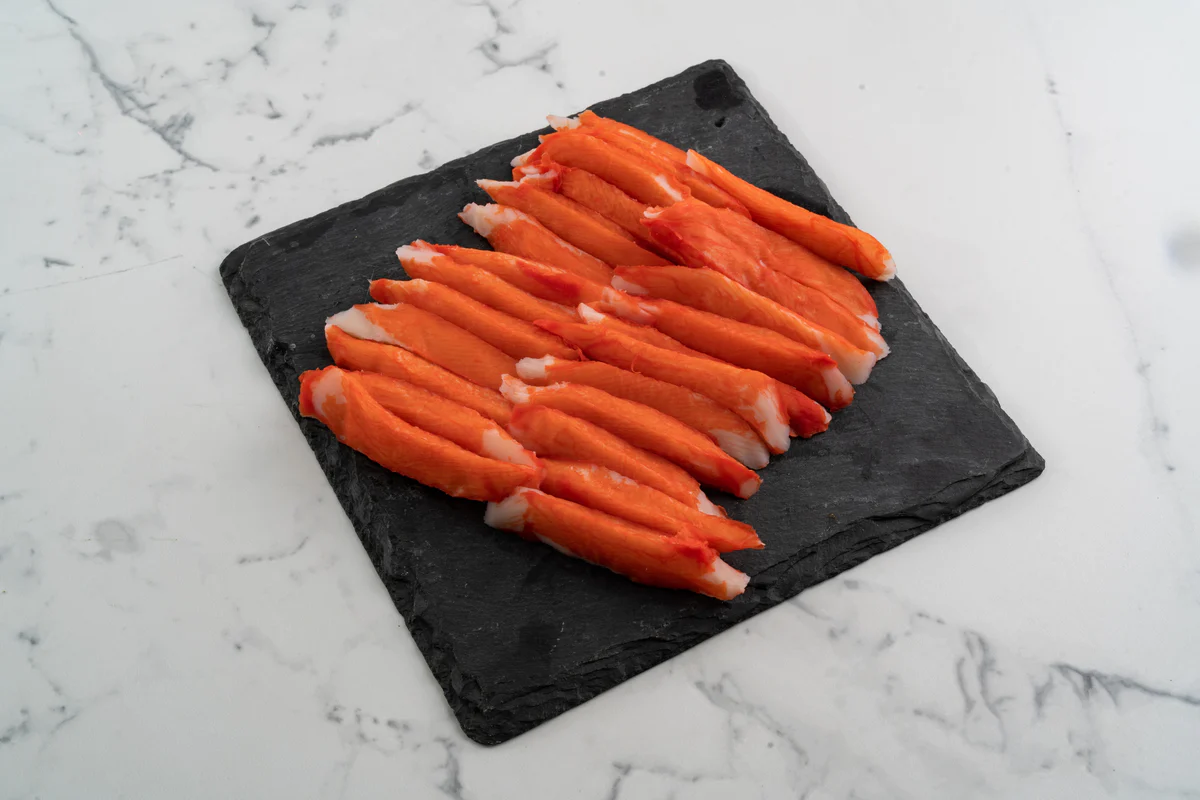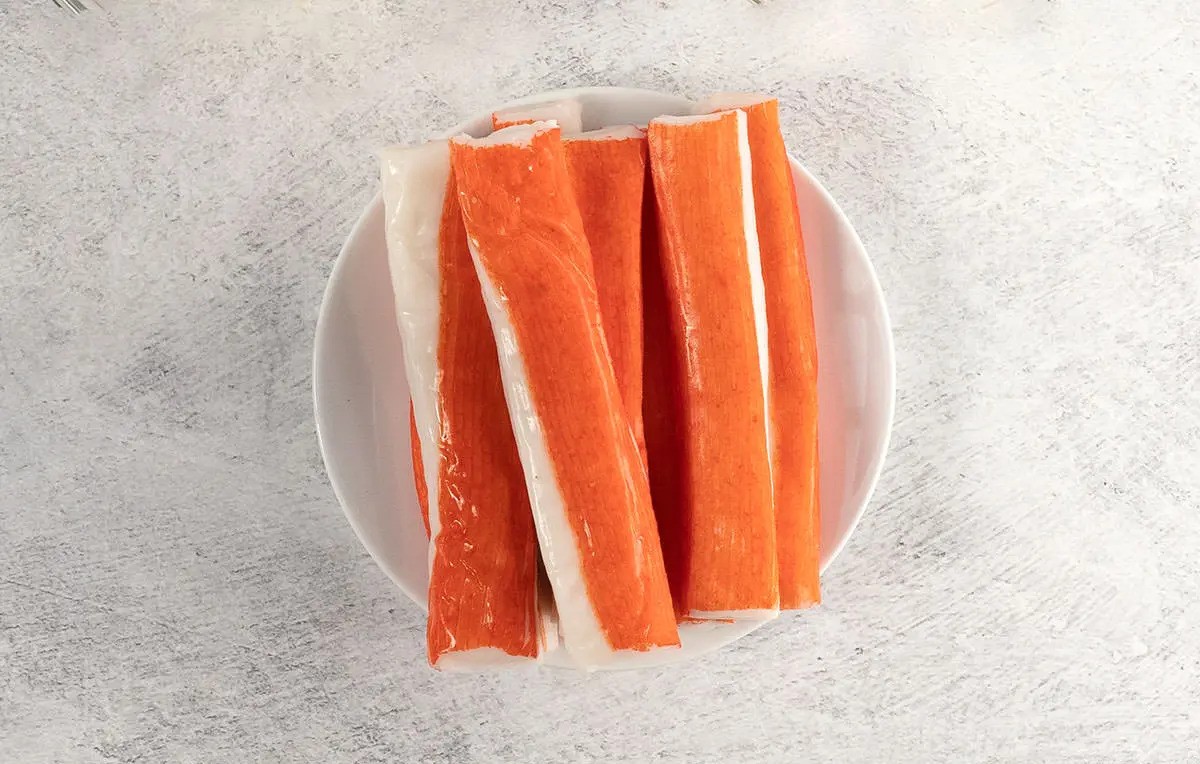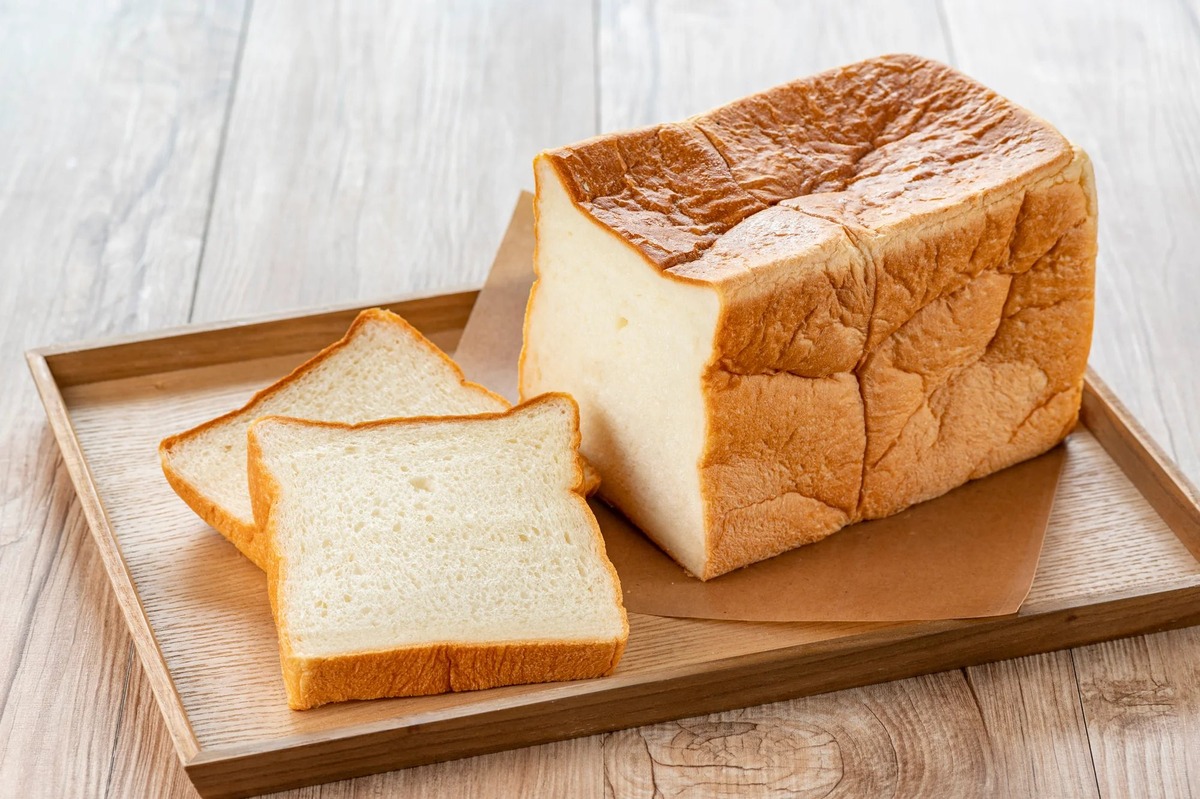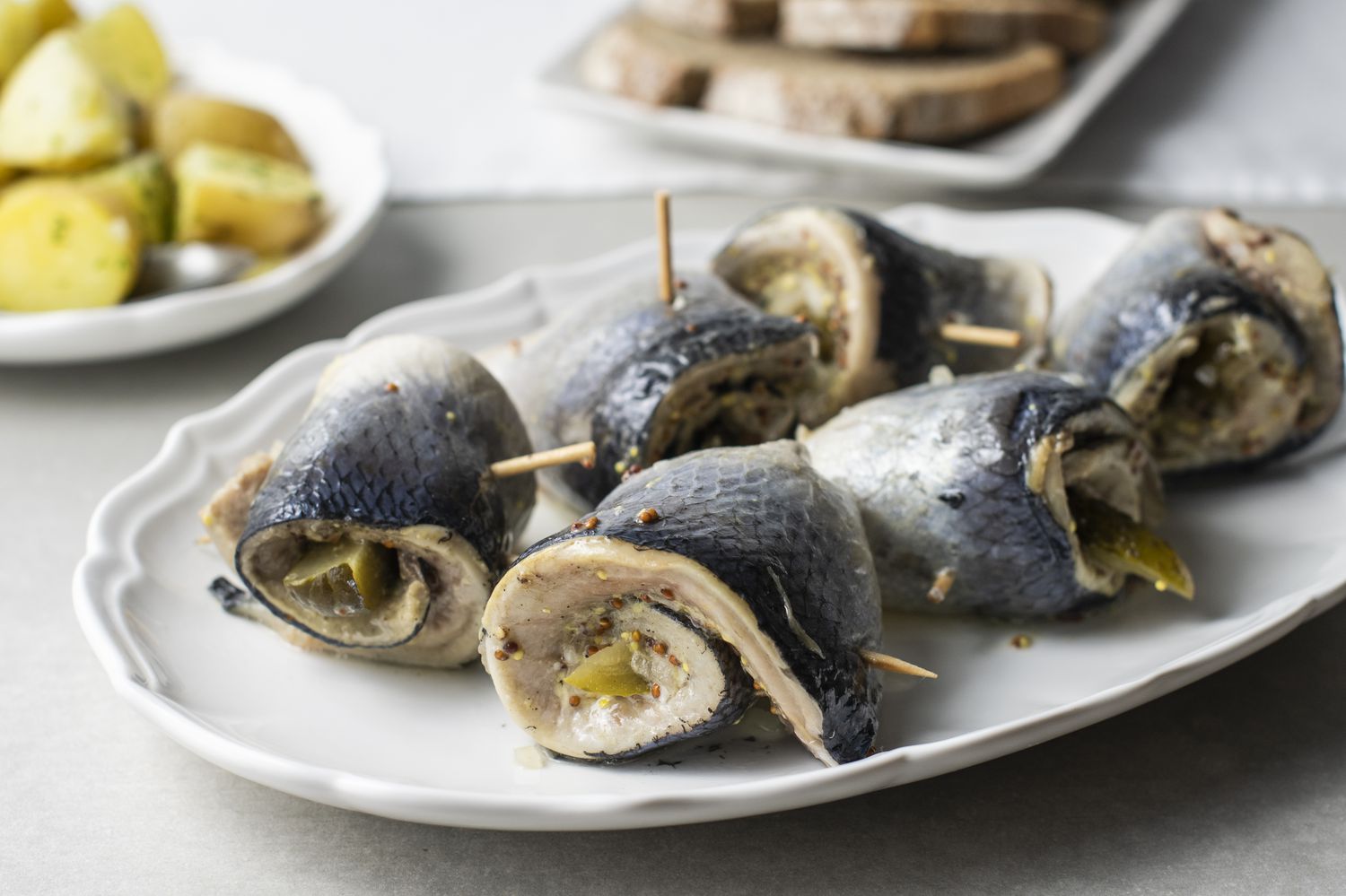What is Surimi?
Surimi is a popular ingredient in many Asian cuisines, especially in Japanese and Korean dishes. It is a paste made from fish that has been deboned, skinned, and minced. The fish meat is then washed to remove any impurities and odor, before being formed into a paste. Surimi is known for its mild flavor and firm texture, making it a versatile ingredient in various recipes.
Ways to Enjoy Surimi
Surimi can be enjoyed in a variety of ways, and here are some delicious options to consider:
- Sushi Rolls: Surimi is a popular filling for sushi rolls, adding a delightful texture and flavor to the dish. Whether combined with avocado, cucumber, or other ingredients, surimi adds a unique twist to traditional sushi.
- Salads: Surimi can be used to add protein to salads, providing a light and refreshing addition to your meal. Simply chop the surimi into bite-sized pieces and toss it with your favorite greens and dressing for a quick and healthy salad.
- Stir-Fries: Surimi can be incorporated into stir-fry dishes, adding a delightful seafood element to the mix. Its firm texture holds up well during cooking, making it a great addition to stir-fry recipes.
- Soups and Stews: Surimi can be added to soups and stews to enhance the flavor and provide a satisfying bite. Whether you’re making a hearty seafood chowder or a light broth-based soup, surimi can be a versatile addition to your recipe.
- Snacks: Surimi can be enjoyed as a standalone snack, either on its own or paired with dipping sauces. Its mild flavor makes it a great option for a quick and easy snack.
Health Benefits of Surimi
Surimi offers several health benefits, making it a nutritious addition to your diet. It is low in fat and calories, making it a great option for those looking to maintain a healthy weight. Additionally, surimi is a good source of protein, which is essential for muscle growth and repair. It also contains omega-3 fatty acids, which are beneficial for heart health and overall well-being.
Choosing and Storing Surimi
When purchasing surimi, look for products that are fresh and free from any off-putting odors. It is also important to check the expiration date to ensure the product is still within its shelf life. Once you have purchased surimi, it should be stored in the refrigerator and consumed within a few days for the best quality and flavor.
Conclusion
Surimi is a versatile and delicious ingredient that can be enjoyed in a variety of ways. Whether you’re a fan of sushi, salads, or stir-fries, surimi offers a unique flavor and texture that can enhance your favorite dishes. With its health benefits and easy availability, surimi is a great addition to any kitchen. So, the next time you’re looking for a tasty and convenient ingredient, consider adding surimi to your menu!











